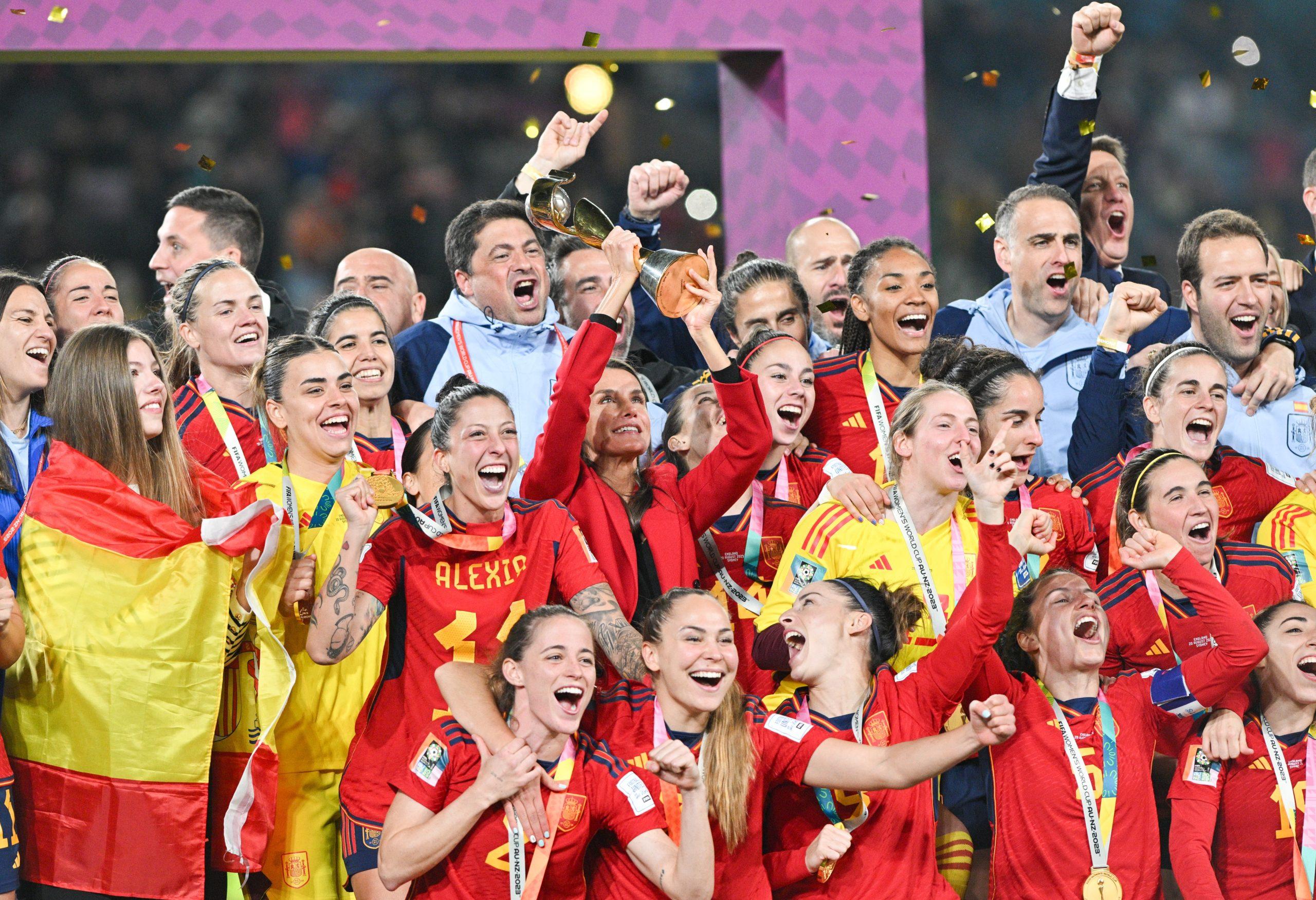The Australian government is embracing a whole-of-nation approach to international policy. This means that, in enhancing international engagement, it wants to use resources across society—beyond core international policy actors, such as the departments of Defence and Foreign Affairs and Trade. The idea includes using input from business and investment, science and technology, education, sports, culture, media and civil society.
But how, in practice, is this to be done? That’s still not entirely clear. Much like conventional notions of statecraft, a whole-of-nation approach is easier in theory than in practice. The effort to organise and harness the country’s distinct and sometimes competing interests, with all their complexity and contradiction, is immense.
Central to a whole-of-nation approach is an elevated, enhanced and collaborative form of leadership. If governments wish to marshal, guide or direct, first they need to explain, persuade and inform. These are significant new tasks that core international policy actors may not now be equipped or resourced for. This is addressed in a new report from the Asia-Pacific Development, Diplomacy & Defence Dialogue (AP4D).
To develop a whole-of-nation foreign policy strategy, Australia must look to build upon successful examples. Cross-sector cooperation in foreign policy is already in action and there are examples that provide models and lessons that can be replicated.
One was the 2023 FIFA Women’s World Cup, in which different parts of society and government worked together to build the country’s international profile. Australia used the tournament to engage with foreign partners through sport, benefitting sectors including media, trade, education and tourism.
Businesses engaged through global partnership deals with FIFA, and the knowledge and education sector became involved through universities and think tanks that researched issues impacting women’s sport. The community, including significant diaspora engagement, contributed to the biggest successes of the tournament: filled stadiums and broken television viewership records.
Building on examples such as this, there are more opportunities for Australia to implement a whole-of-nation approach.
One example for the future is exploitation of Australia’s significant deposits of critical minerals, including cobalt, lithium, manganese, tungsten and vanadium. These minerals are necessary for emerging technologies that future economies will rely on, underpinning the renewable energy transition. The development of new critical-minerals supply chains has also serious implications for Australia’s security partnerships, particularly AUKUS.
Considering the importance of the emerging critical-minerals industry, the federal government must play a prominent role in bringing together stakeholders to advance industry capabilities. Australia can position itself as a trusted and reliable supplier of both raw and processed critical minerals while also seeking opportunities as a manufacturer in renewables technology.
It can’t be done without coordination between government, industry, science, education and civil society—in other words, a whole-of-nation approach.
Similarly, there is a need for Australia to take a whole-of-nation approach in its bid, in partnership with Pacific island countries, to co-host the 2026 Conference of the Parties of the UN Framework Convention on Climate Change (COP31). The bid requires alignment of domestic policy with foreign policy goals; it can hardly be done by the Department of Foreign Affairs alone.
COP31 will require Australia as a nation to deliver on its climate commitments. Co-hosting with the Pacific will ramp up pressure to phase out fossil fuel production in support of the Pacific’s fight against climate change. A whole-of-nation approach to COP31 will be an opportunity for Australia to ensure that what it stands for internationally—strong action on climate change—is backed by a domestic climate action agenda. A whole-of-nation approach to COP31 will allow Australia to restore its reputation internationally as a climate leader and strengthen its standing in the Pacific as a credible partner.
Recognising that different groups will have specific interests in different components of Australia’s international statecraft, the whole-of-nation approach should focus on identifying the complementary nature of various resources and groups. By doing this, the government sends strong signals to civil society and the private sector about what their contributions can be.
The government should promote the whole-of-nation concept without imposing a centralised top-down approach to international engagement. The idea should begin with a set of values and interests with which any number of actors can align.
Underpinning this, there will need to be effective structures, coordination mechanisms and resources that support and empower different parts of Australian society to participate in contributing to foreign policy goals. Australia can seek to broaden how it approaches the world by establishing frameworks and guidelines for how multiple groups can contribute to the national interest.
Not everyone will be in full alignment on all issues. So a whole-of-nation approach must value diversity and continuously shifting consensus while recognising that Australia is stronger internationally if it has a common voice.
As Minister for Foreign Affairs Penny Wong recently remarked at the launch of an AP4D report on a whole-of-nation approach to international policy: ‘We need to coordinate our strengths …. It’s not just up to our diplomats, nor our military alone. It starts with who we are as a country: our First Nations history, our multicultural fabric, our institutions, business, academia, and civil society’.
This article draws on AP4D’s report on What does it look like for Australia to take a Whole-of-Nation Approach to International Policy.


